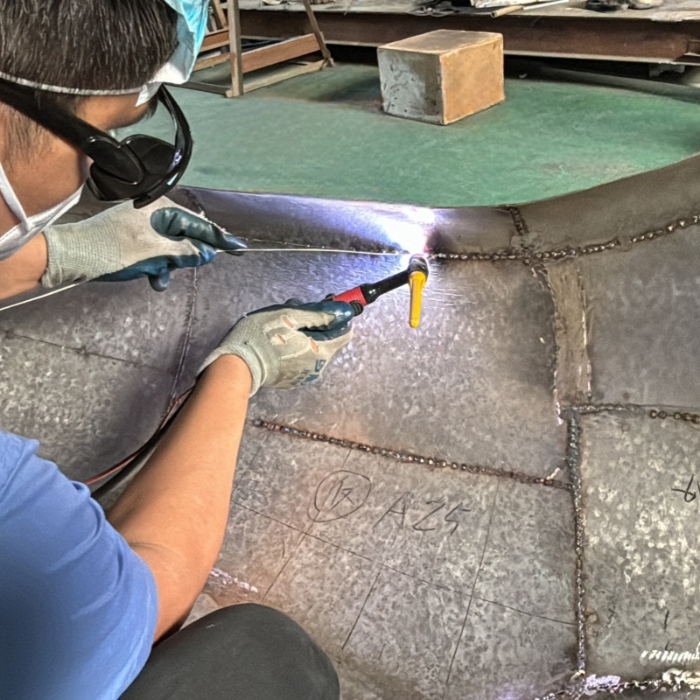Precision TIG Welding for High-Quality Joints
Understanding TIG Welding: A Comprehensive Overview
TIG welding, short for Tungsten Inert Gas Welding, is a highly versatile method used for joining metals. Unlike spot welding, which creates weld scars with a single click on the workpiece, TIG welding involves the use of a tungsten electrode to create an electric arc, which melts the base metal and filler material (if used) to form a weld bead.
This welding technique is particularly well-suited for welding high-purity materials and special alloy materials. It finds extensive application in the manufacturing and processing of stainless steel, where its precision and control are highly valued. Whether it’s manual welding or automatic welding of stainless steel ranging from 0.5mm to 4.0mm thick, TIG welding remains the preferred method.
In applications such as bottom welding of pressure vessels, TIG welding with filler wire is commonly employed. This is due to the superior air tightness and reduced porosity achieved by TIG welding, making it ideal for critical applications. However, it’s important to note that TIG welding generates significant heat, necessitating post-weld polishing to remove any scars or imperfections. Therefore, the skills and experience of welders play a crucial role in ensuring the quality of TIG welds.
Overall, TIG welding offers excellent controllability and versatility, making it a preferred choice for various welding applications, especially those requiring precision and high-quality welds.

